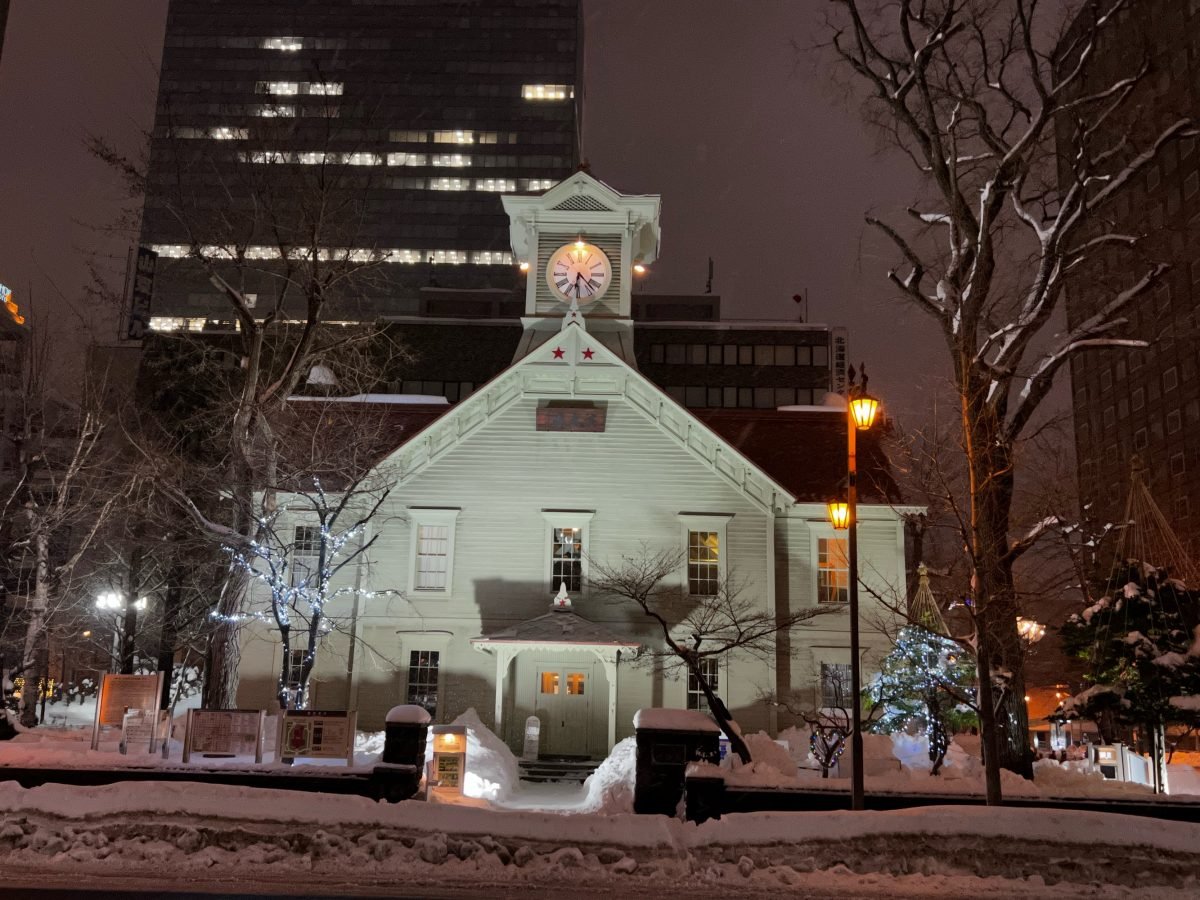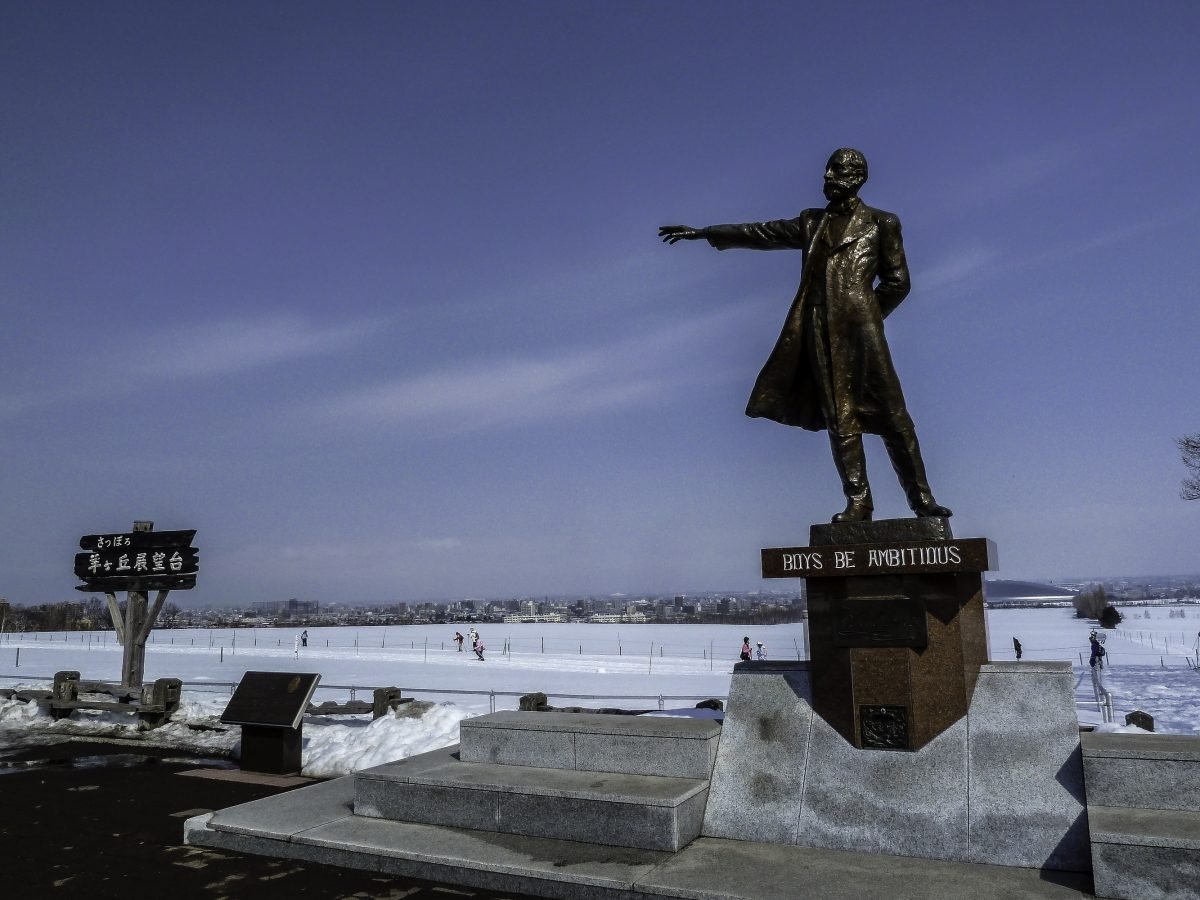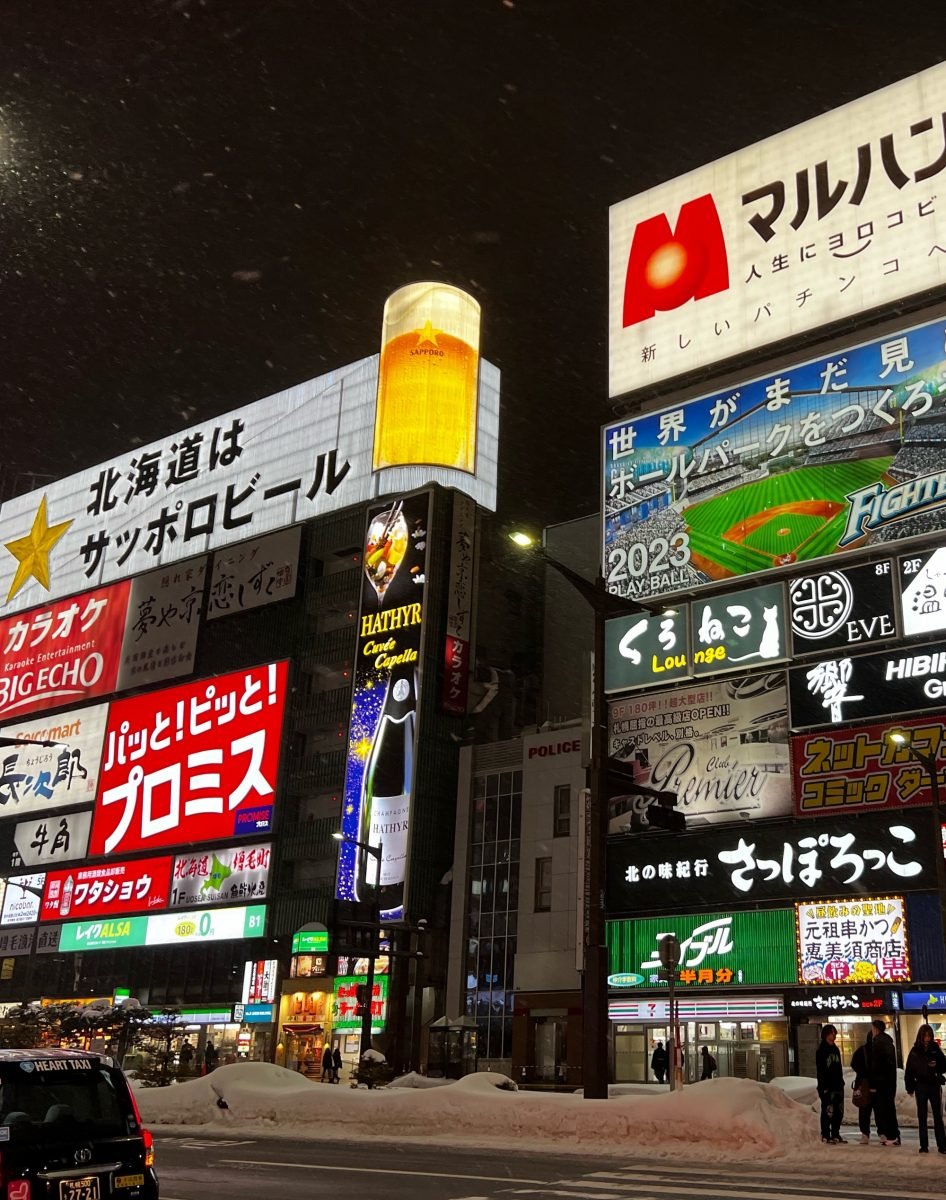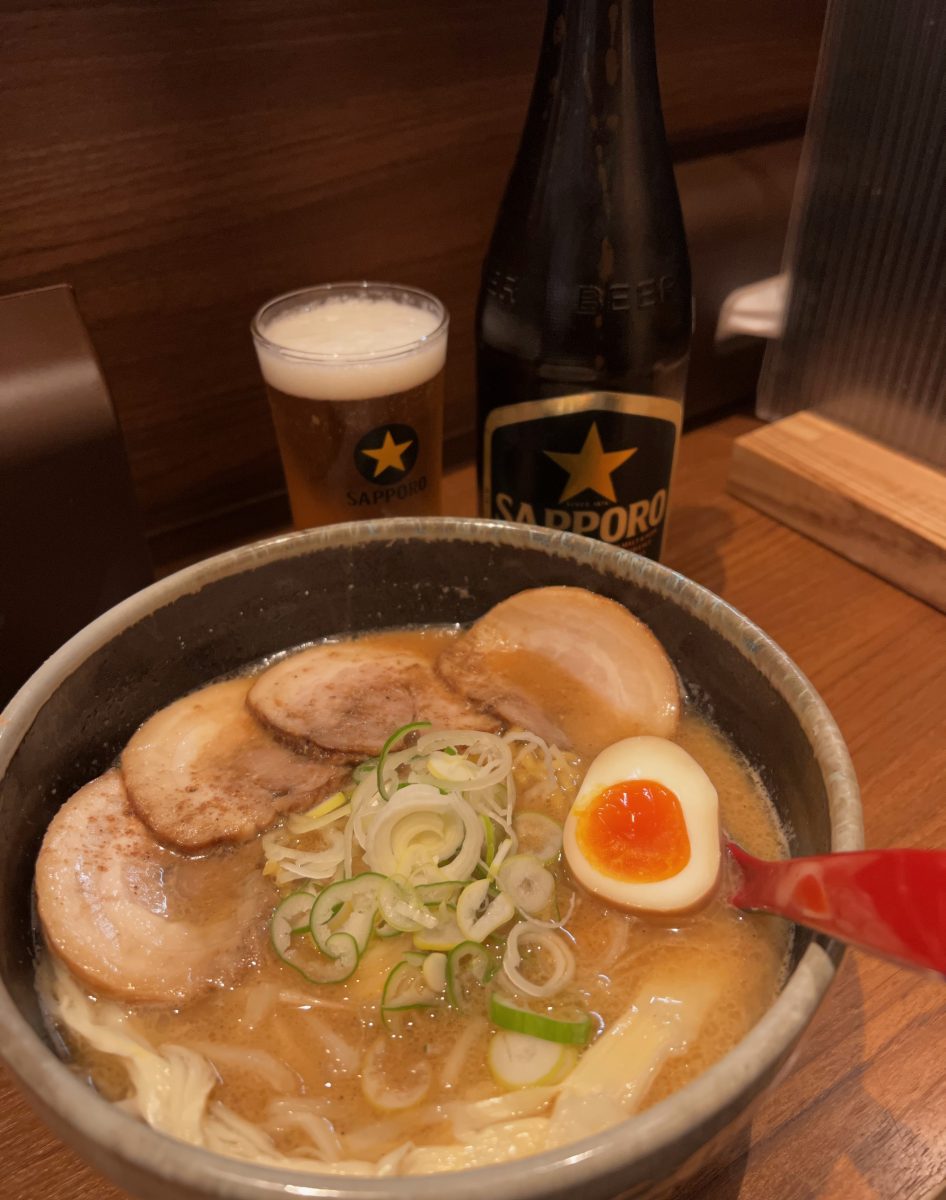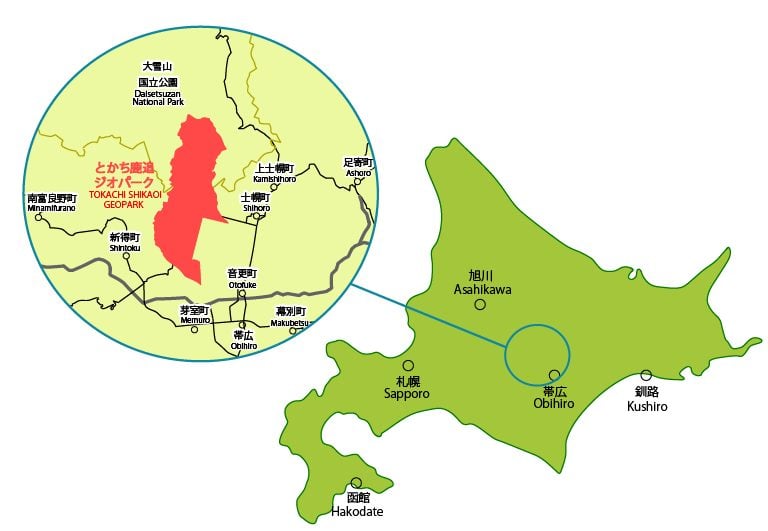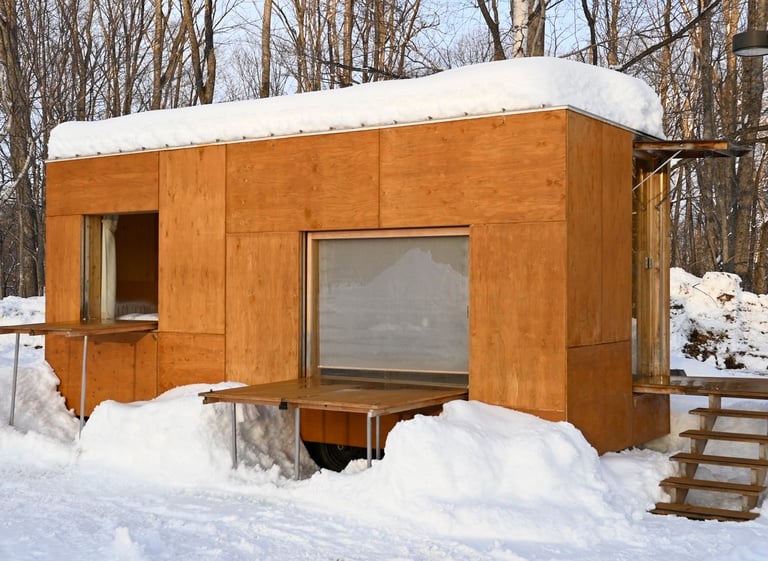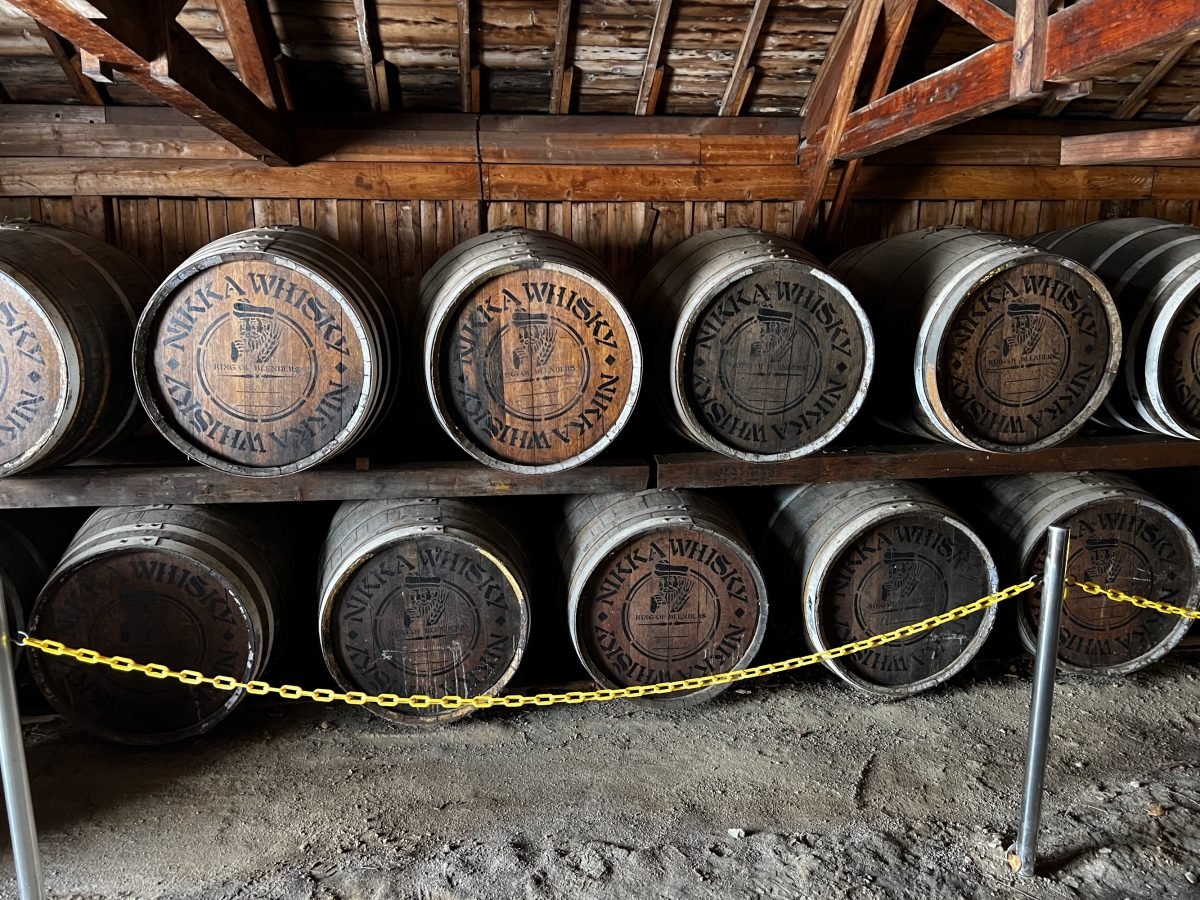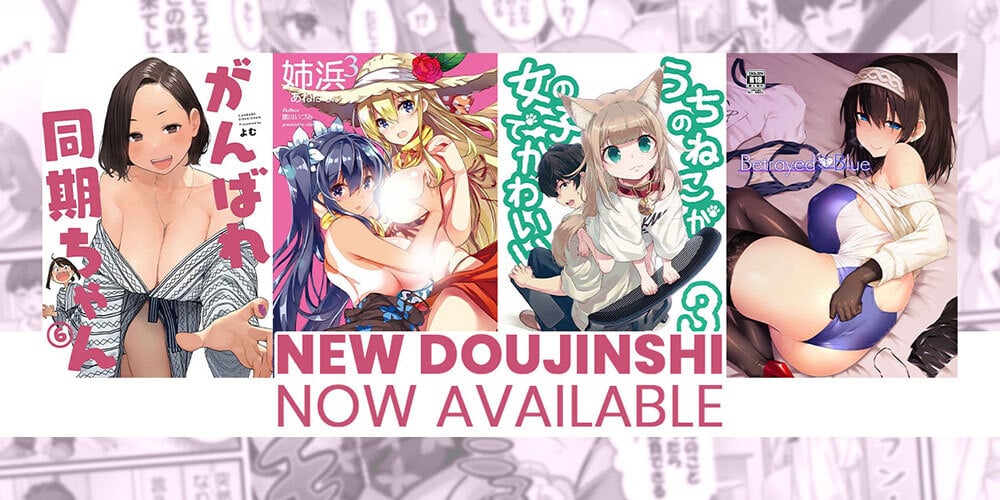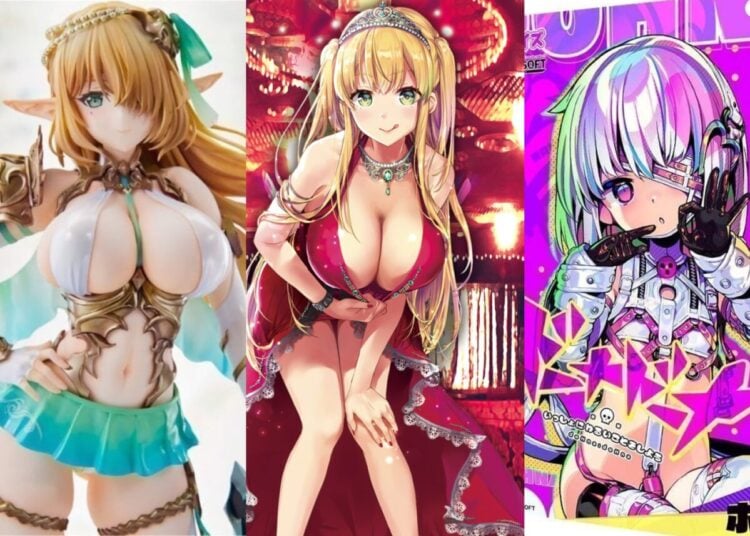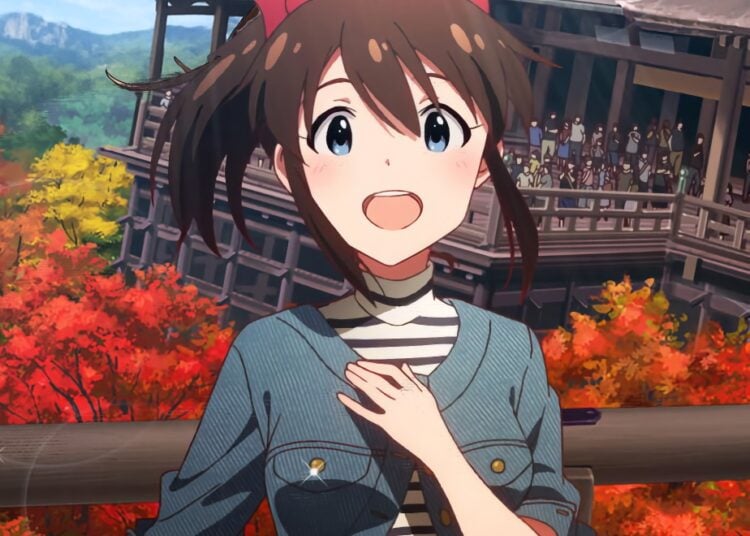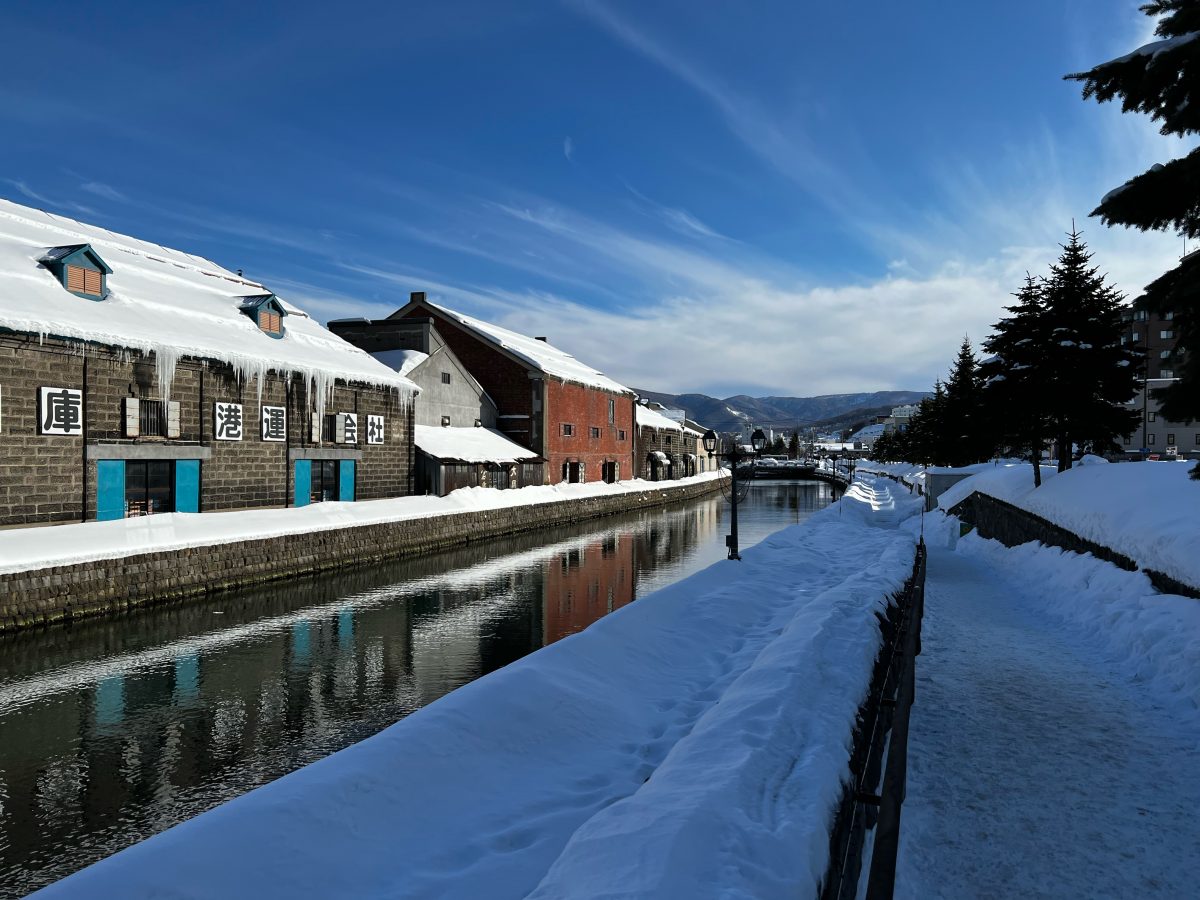Hello from Japan’s frosty northernmost island of Hokkaido! I’ve taken a few days off of my normal work at J-List to travel to the top of Japan for some sightseeing and to sample some delicious foods from Japan’s frozen north. Here’s a report of my trip, if you’re curious!
Being from San Diego, I have a natural love of snow, because it’s something I rarely get to see. I was absolutely floored by the amount of snow I’ve been greeted with here in Sapporo, though. Every two-lane street is basically transformed into a single lane because there’s a six-foot-high wall of snow left after the streets were cleared. These walls of snow create challenges when walking around the city, because you have to strategize how to get around them to the other side. Walking in snow like this makes me feel like I’ve been transported to the frosty world of Golden Kamuy!
Sapporo is Japan’s Modern “American” City
While most cities in Japan are former castle towns, meaning that they grew up around some old castle and as a result have roads that twist and turn this way and that, Sapporo is different in that it was planned from the beginning. In 1870, the Japanese government asked the U.S. for help planning their new city, and Ulysses Grant appointed Horace Capron to create a city plan built around a grid system that makes it quite easy to get around. Additionally the city has subways and streetcars that make it a very pedestrian-friendly city for its 2 million residents.
Every Japanese City Has a Famous Food, and Sapporo’s is Ramen
Every Japanese city brands itself around a certain meibutsu or famous food, and one of Sapporo’s is miso ramen. I made a beeline for Sapporo Ramen Alley, a narrow street where you can enjoy various kinds of ramen, and it was a great way to take the Hokkaido chill out of my body.
Sapporo is home to some famous companies, like the Sapporo Beer company, which was founded in 1876. It’s also the home of Crypton Future Media, the company behind the popular Hatsune Miku. I was trying to score some limited Vocaloid goods, but because the (now sadly canceled) Sapporo Snow Festival isn’t until next month, there weren’t any in shops yet.
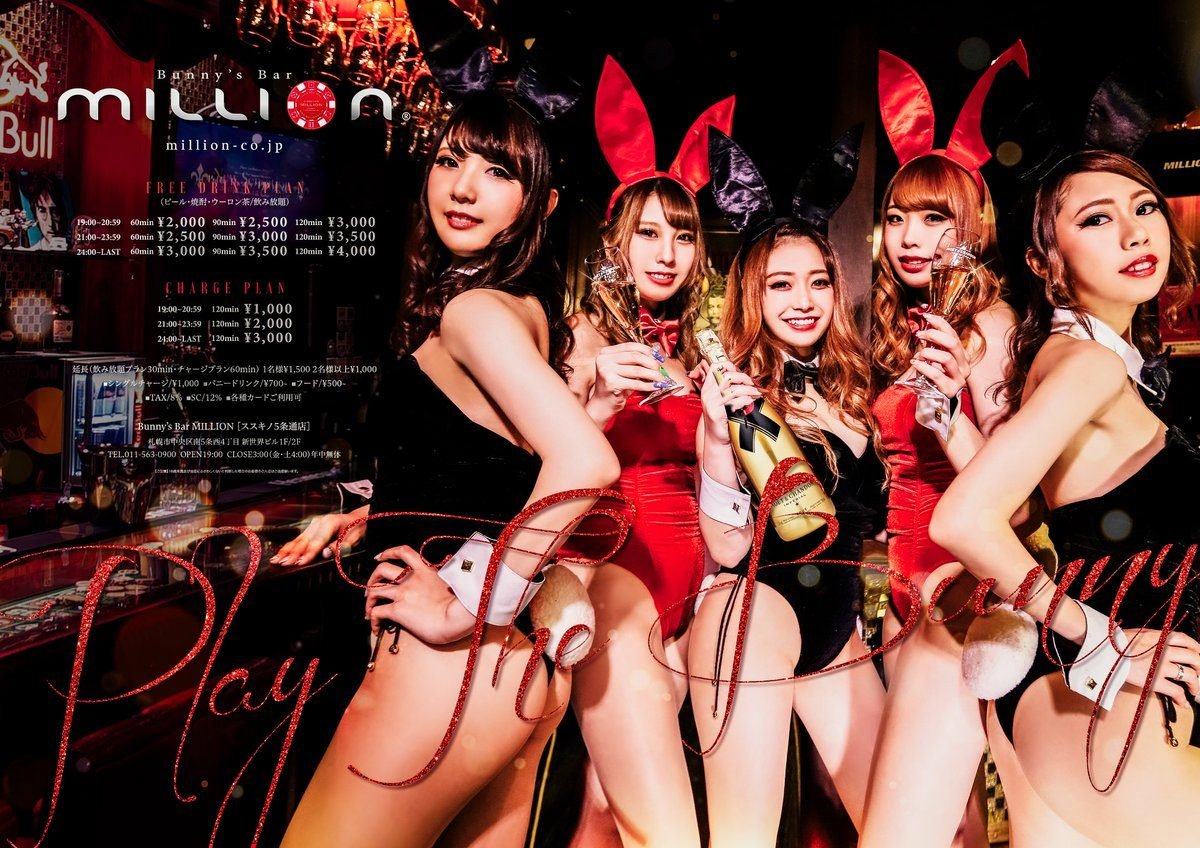
Sapporo is a Very “Pink” City
Back in the early days of the Internet, there was an extensive list of “you’ve been in Japan too long when…” jokes, which were fun for people familiar with living in Japan. One of these was, you’ve been in Japan too long when you get excited by words like soap, fashion, health, image, and pink. These words are all euphemisms for various types of sex-related businesses. Soap refers to a soapland, a place where you have a girl wash your body then treat you to various sexual treats, while words like “fashion health” or “image club” refer to brothels where girls will wear cosplay outfits for you, perhaps allowing you to act out your secret fantasy of groping a girl on a (fake) train. The sex trade is broadly referred to with the English word “pink.”
And Sapporo is a very “pink” city indeed. While the red light district in Kabuki-cho has many of the same kinds of offerings, I was surprised to see sexy services advertised so openly in Sapporo, even with a large TV in Susukino showing the bunny girls you can drink and chat with at a local “girl’s bar.”
Next Up: Glamping in Tokachi, Hokkaido!
After Sapporo I headed to Tokachi, a region in the southwest corner of Hokkaido, where I’d been invited to attend a glamping event in a remote corner of Hokkaido called Tokachi. This was part of a campaign by this region to promote its delicious meat, seafood and dairy products and start a discussion through the media about how rural areas of Japan can adapt to the coming “after Corona” world. There were many reporters snapping pictures of us as we went snowshoe-trekking up a small mountain then feasted on the amazing local foods they’d prepared for us.
I also got interviewed by NHK. If you want to see me speaking Japanese, here’s the video.
Next Stop: Yoichi, the Birthplace of Japanese Whisky
Since I was in the area, I made sure to travel to Yoichi and visit the Nikka Whisky Distillery, crossing that off my bucket list.
Nikka was founded by Masataka Taketsuru, who was fascinated by western alcohol production and went to Kirkintilloch, Scotland to learn how to make whisky properly. There he fell in love with a Scottish girl named Rita, who he married and brought to Japan. He founded his distillery in Yoichi because it has a climate similar to Scotland’s, with clean water and air needed for whisky production. During WWII, the Scottish Rita was suspected of being a foreign spy and repeatedly questioned by the Japanese military police, but she made it through the war without major incident. Today she’s considered the Mother of Japanese Whisky thanks to her support for her husband’s passion.
The Nikka Whisky museum is outstanding, with guided tours explaining the process of making whisky, including letting us stand by and watch as coal is shoveled into the furnaces heating the pre-refined whisky and a taste test allowing you to sample the major offerings of the company. There’s a bar where you can sample rare whiskies, too, with the staff explaining what’s different about each type. If you’re a fan of Nikka whisky, I hope you can visit the museum someday.
Next stop: Hakodate then the Touhoku region. Read that post here!
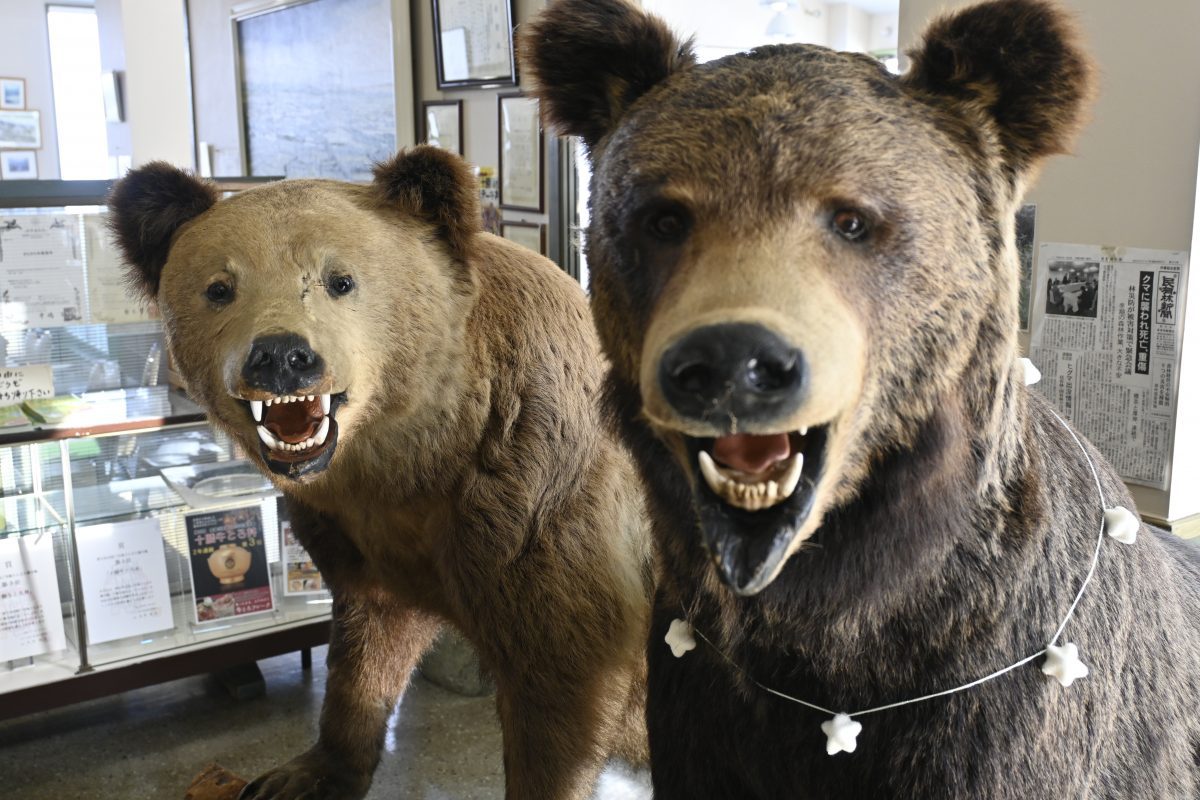
Thanks for reading this report of my travels to Japan’s northernmost island of Hokkaido. Got any questions, or topics you’d like me to write about? Post them below, or reply to us on Twitter!
J-List wouldn’t be J-List if we didn’t have new sexy doujinshi for you every day, and we’ve got lots of great new hentai doujins for you today! Browse our new and restocked books on the site here!




